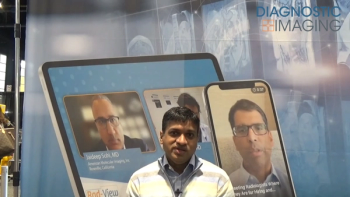
Image distribution firms gain with teleradiology growth
Customized solutions range from virtual PACS networks to remote access to reads
Customized solutions range from virtual PACS networks to remote access to reads
Although some of the big teleradiology companies have developed their own image distribution technology or have turned to a traditional PACS vendor for help, the growth in teleradiology has proved a boon for another group of firms that specialize in image distribution.
Two of them, Neurostar Solutions and Smaart Medical Solutions, have found success by offering customized services for small hospitals, imaging centers, and the radiologists who read for them.
Atlanta-based Neurostar positions itself as a Web-based virtual radiology network that can function as an alternative to PACS. A byproduct, however, is that the company finds itself moving images around in a growing teleradiology marketplace.
"Teleradiology is a big part of our business," said Kobi Margolin, vice president of marketing and business development for the company. Probably 60% of Neurostar's 150 contracted customers use the PACS service, but as many as 80% or more use the firm for remote reading services.
Smaart Medical Systems, based in Addison, TX, offers a PACS product but also operates Smaart-Net, a virtual private network that can route images to teleradiology providers. Like Neurostar, the company focuses on imaging centers and small hospitals.
"The clients send the images to us once, and we route them to as many different places as they need to go, based on whatever criteria are specified," said Scott Rogers, vice president of sales. "I've seen images go to different locations based on specialty, such as neuroradiology or orthopedics. Cardiology is another specialty that is a heavy consumer of imaging."
Radiologists log into the network to retrieve the images they need to read. One radiologist user is considering mounting a satellite dish on a motor home to download images for interpretation while he is touring the country, Rogers said.
In the long term, Margolin sees teleradiology helping to promote a service-driven dynamic in the radiology market.
Teleradiology could bring to the fore a new type of player-the service company-in what has traditionally been a hardware-driven market, he said.
Newsletter
Stay at the forefront of radiology with the Diagnostic Imaging newsletter, delivering the latest news, clinical insights, and imaging advancements for today’s radiologists.



























